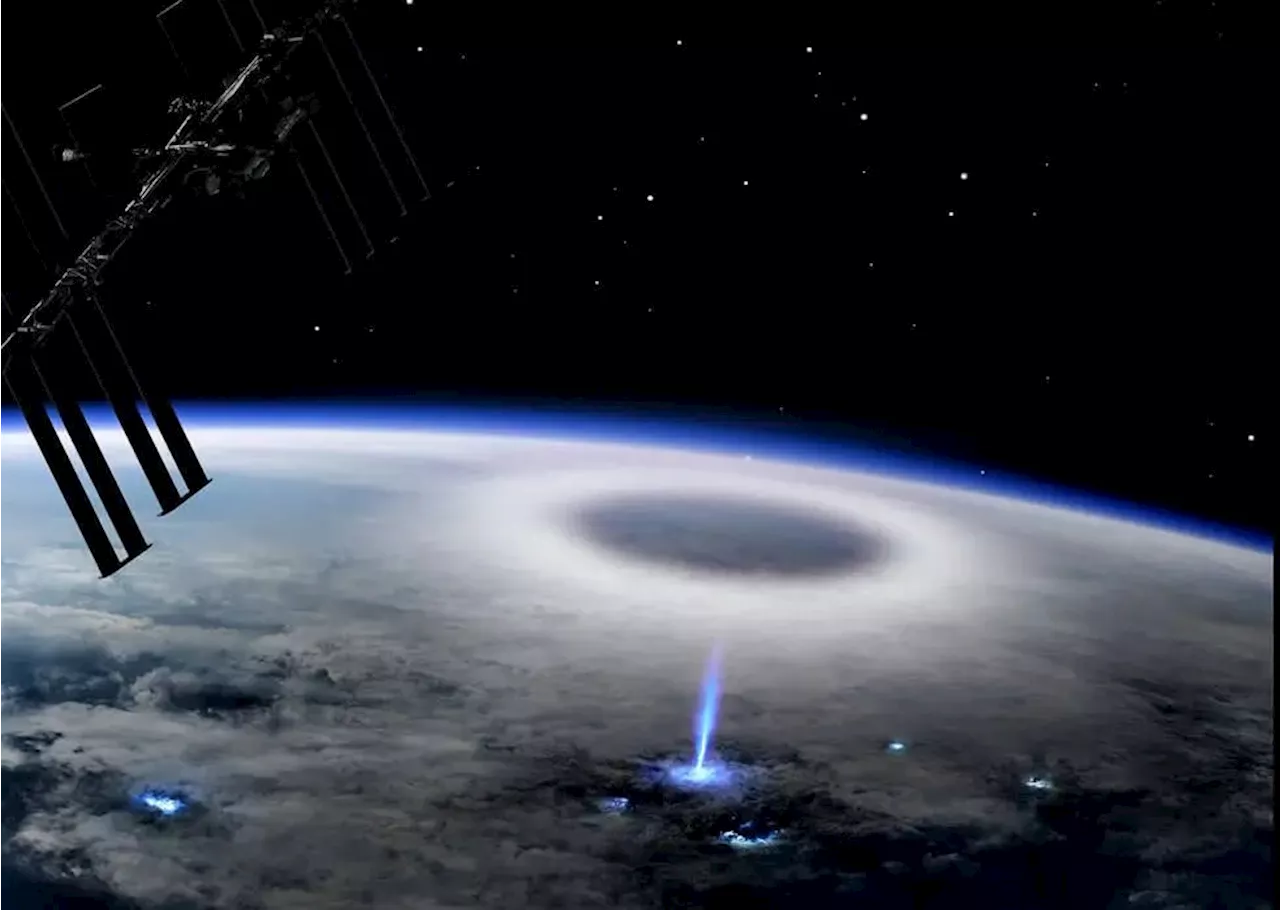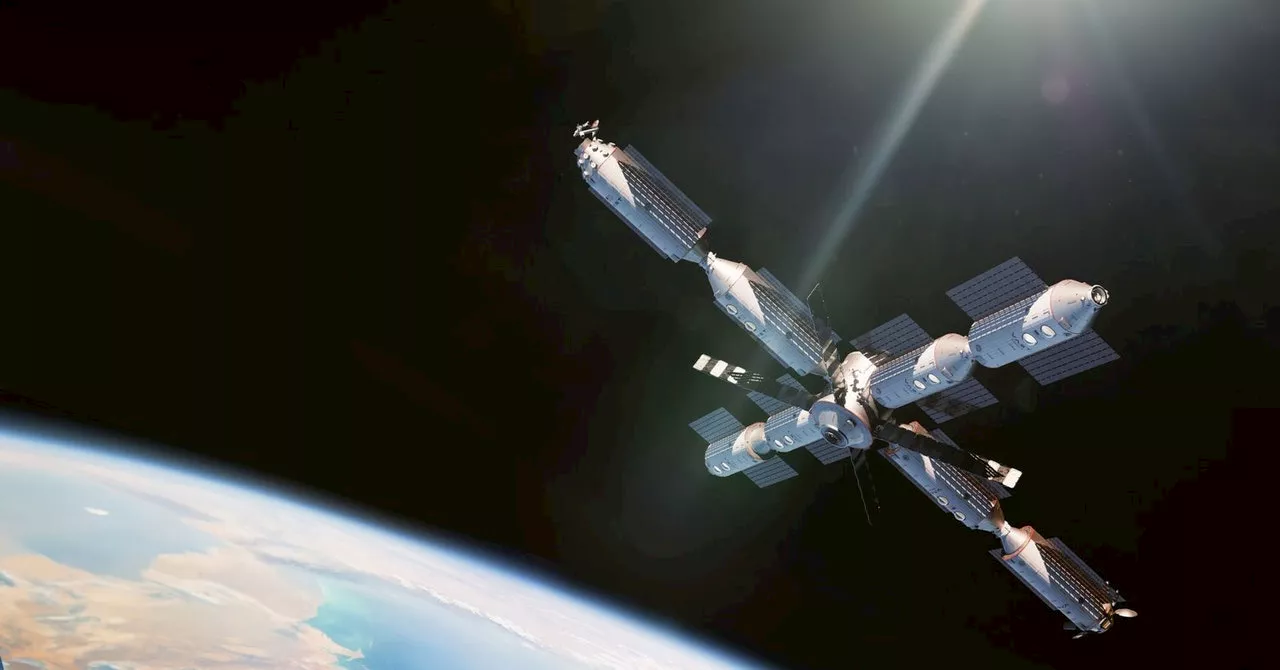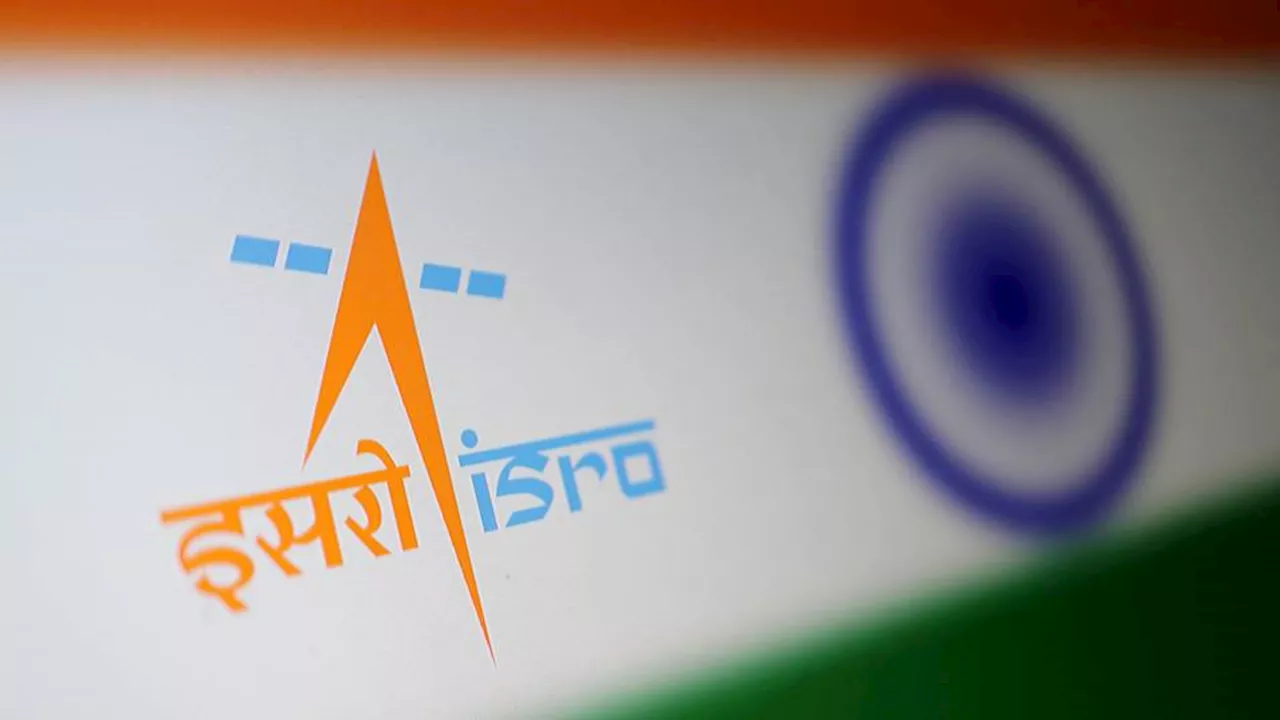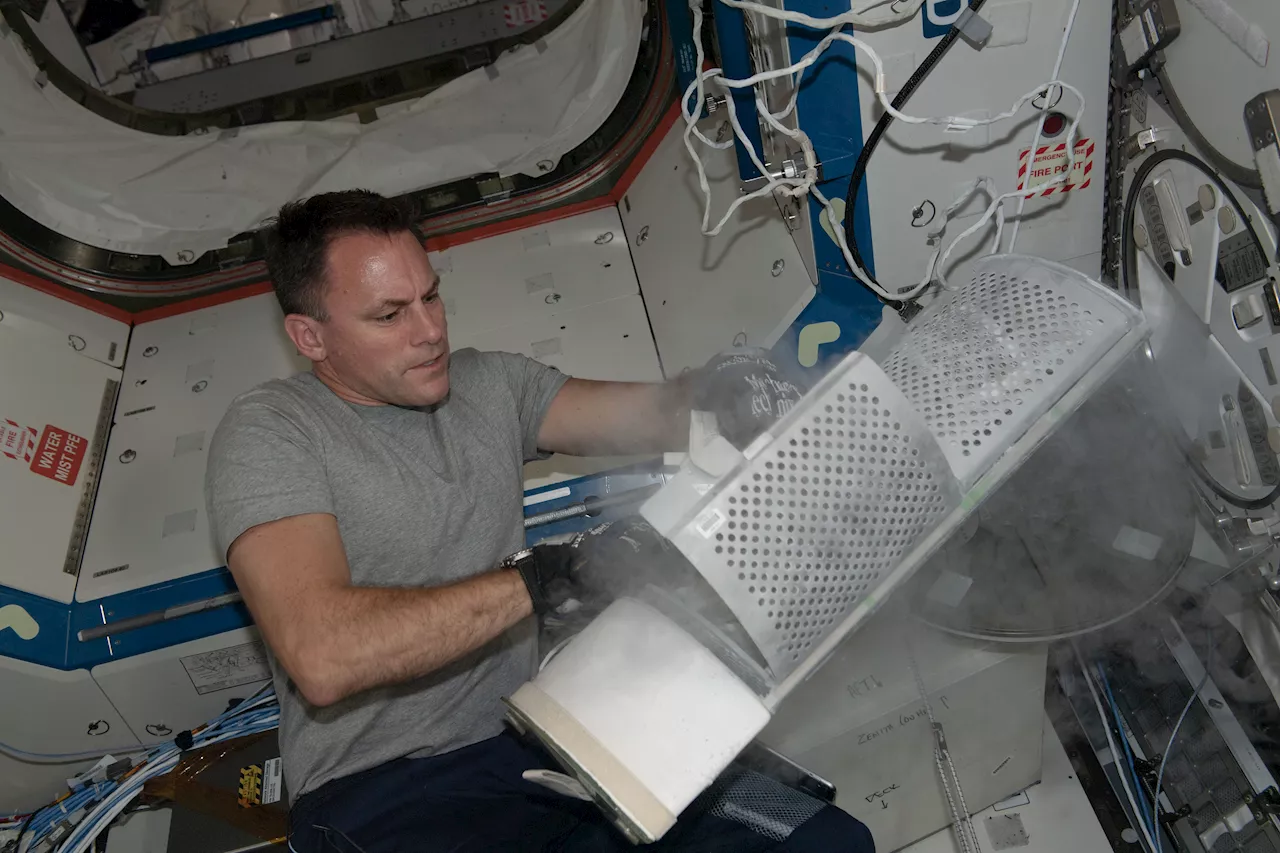International Space Station (ISS) astronauts are uncovering the secrets of plant life and human health in space. Experiments show plant seeds can survive space travel, paving the way for future food production in space. Genetic analysis reveals how the human body adapts to spaceflight, offering clues for protecting astronauts' health on long-duration missions.
Researchers aboard the International Space Station (ISS) have made significant strides in understanding the effects of spaceflight on both plants and the human body. In a groundbreaking experiment, scientists exposed a variety of materials, including 11 types of plant seeds, to the harsh conditions of space. Astonishingly, the seeds germinated at the same rate as those kept on Earth, demonstrating that plant seeds can remain viable during prolonged space travel.
This discovery holds immense potential for future missions, as plants could be cultivated for food and other essential purposes.Furthermore, the research team evaluated the performance of a new sample containment canister designed to expose biological samples to space while safeguarding their vitality. This innovative technology could revolutionize the way we conduct experiments in space and expand our knowledge of biological processes in the cosmos.Complementing the plant experiments, researchers conducted in-depth genetic analyses to unravel the molecular mechanisms underlying changes in mitochondrial and immune system function observed during spaceflight. By identifying these key pathways, the findings provide invaluable insights into how the human body adapts to the unique challenges of space and could pave the way for developing effective countermeasures to protect immune function on future missions. The ISS, through its extensive health monitoring program, collects a wealth of data from crew members before, during, and after spaceflight. This data encompasses a wide range of categories, including medical, occupational, physical fitness, nutrition, and psychological or behavioral factors. Blood tests are a crucial component of this comprehensive health assessment. Mitochondria, the powerhouses of cells, play a vital role in energy production. The research team's findings shed light on how spaceflight affects these essential organelles and provide clues for mitigating potential damage. In another significant area of investigation, the impact of microgravity on eye structure and function was studied. The results indicate that artificial gravity may counteract these detrimental changes and serve as a protective measure for astronauts' vision on future missions. Previous studies have supported the notion that artificial gravity can shield against or minimize the negative consequences of microgravity. JAXA (Japan Aerospace Exploration Agency) and NASA's Human Research and Space Biology Programs collaborated on an extensive investigation into the long-term effects of spaceflight on gene expression patterns in mammals. This research delves into the intricate mechanisms by which space travel alters genetic activity and provides a deeper understanding of the cellular adaptations that occur in response to this extreme environment. Future studies will continue to explore the effects of other spaceflight stressors and determine the optimal level and duration of gravitational force required to prevent or reduce damage to the retina or optic nerve
SPACEEXPLORATION PLANTSCIENCE HUMANHEALTH SPACEFLIGHT GENETICS
United States Latest News, United States Headlines
Similar News:You can also read news stories similar to this one that we have collected from other news sources.
 International Space Station Research Unlocks Secrets of Metal Solidification, Atmospheric Lightning, and Neutron StarsInternational Space Station research yields valuable insights into metal solidification, atmospheric lightning, and neutron star properties.
International Space Station Research Unlocks Secrets of Metal Solidification, Atmospheric Lightning, and Neutron StarsInternational Space Station research yields valuable insights into metal solidification, atmospheric lightning, and neutron star properties.
Read more »
 This Company Wants to Build a Space Station That Has Artificial GravityFounded by crypto guru Jed McCaleb, Vast Space will run two missions to the International Space Station and aims to launch its first space station, Haven-1, by the end of 2025.
This Company Wants to Build a Space Station That Has Artificial GravityFounded by crypto guru Jed McCaleb, Vast Space will run two missions to the International Space Station and aims to launch its first space station, Haven-1, by the end of 2025.
Read more »
 Sierra Space CEO leaves, as $5 billion company pushes to launch space planeSierra Space CEO Tom Vice has left the company, CNBC confirmed Monday.
Sierra Space CEO leaves, as $5 billion company pushes to launch space planeSierra Space CEO Tom Vice has left the company, CNBC confirmed Monday.
Read more »
 US Space Force's X-37B Space Plane Marks One Year in OrbitThe US Space Force's X-37B Orbital Test Vehicle has reached its one-year mark in space, performing groundbreaking aerobraking maneuvers to conserve fuel and change orbits.
US Space Force's X-37B Space Plane Marks One Year in OrbitThe US Space Force's X-37B Orbital Test Vehicle has reached its one-year mark in space, performing groundbreaking aerobraking maneuvers to conserve fuel and change orbits.
Read more »
 Expert Not Convinced Mysterious, 8-Foot Ring of 'Space Junk' in Kenya Actually Came from SpaceScience and Technology News and Videos
Expert Not Convinced Mysterious, 8-Foot Ring of 'Space Junk' in Kenya Actually Came from SpaceScience and Technology News and Videos
Read more »
 India Achieves Space Docking Milestone, Positions Itself as a Major Player in Space ExplorationIndia successfully conducted its first space docking experiment (SpaDeX), becoming the fourth nation in the world to achieve this technological feat. The experiment involved two satellites, Target and Chaser, which successfully docked and undocked in orbit. This achievement positions India as a significant player in the global space market and paves the way for ambitious future missions.
India Achieves Space Docking Milestone, Positions Itself as a Major Player in Space ExplorationIndia successfully conducted its first space docking experiment (SpaDeX), becoming the fourth nation in the world to achieve this technological feat. The experiment involved two satellites, Target and Chaser, which successfully docked and undocked in orbit. This achievement positions India as a significant player in the global space market and paves the way for ambitious future missions.
Read more »
